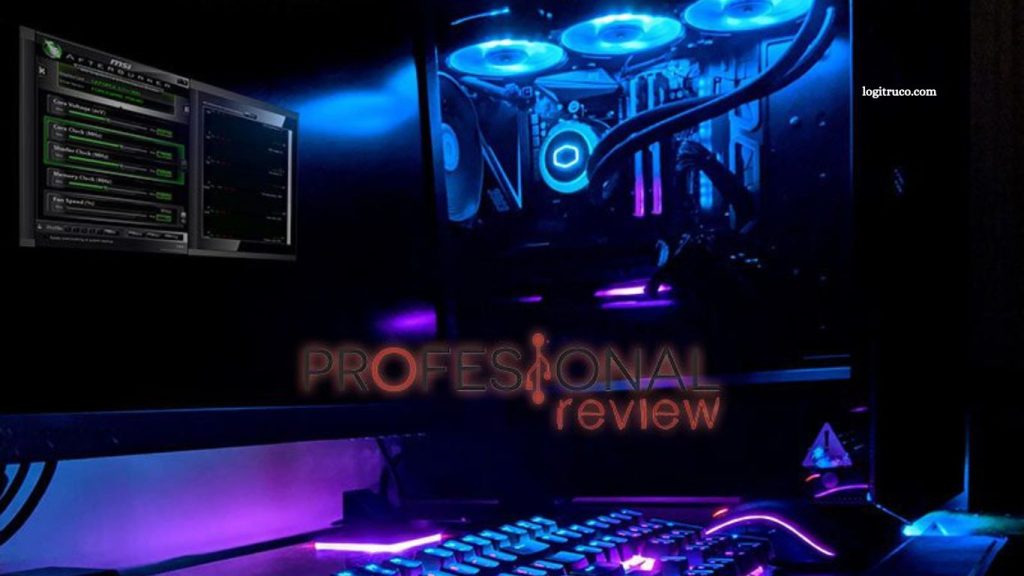Video gaming offers an immersive and engaging experience, yet performance issues can significantly disrupt gameplay and reduce enjoyment. Lag, frame drops, and slow loading times can undermine even the most well-designed games, making optimization essential for every player. Whether gaming on a high-end PC, a console, or a mobile device, understanding how to maximize performance ensures smoother visuals, faster response times, and an overall enhanced experience.
Effective optimization involves adjusting settings, managing system resources, and keeping software up to date, tailored to the specific capabilities of each device. By implementing targeted strategies, players can unlock the full potential of their games, creating a more seamless, responsive, and enjoyable gaming environment.
Read More: Key Specs Your Phone Needs to Run Free Fire Optimally
Key Factors to Improve Game Performance
Improving game performance requires careful consideration of several key factors, including device-specific settings, graphics and visual effects optimization, and connectivity management. Addressing these areas ensures smoother gameplay, reduced lag, and an overall enhanced gaming experience.
Recommended Settings for Mobile Devices
For mobile gaming, proper configuration is essential to achieve optimal performance. Key recommendations include:
- Lower graphics quality and visual effects.
- Close unnecessary background applications and processes.
- Disable notifications and alerts during gameplay.
Recommended Settings for Computers
PC gamers can enhance performance by adjusting both hardware and software settings:
- Ensure graphics drivers are up to date.
- Configure in-game graphics settings according to your system specifications.
- Close unnecessary background applications and processes.
Graphics and Visual Effects Optimization
Optimizing graphics and visual effects significantly impacts performance:
- Reduce graphics quality and visual effects within the game.
- Lower or disable shadow and reflection resolution.
- Disable particle effects, such as smoke and explosions.
Connectivity and Latency Optimization
Stable internet and low latency are critical for online gaming:
- Use a wired Ethernet connection rather than Wi-Fi when possible.
- Close background applications that consume bandwidth.
- Verify your internet connection meets the required speed for gaming.
Frequently Asked Questions
Why is my game lagging even on a high-end device?
Lag can result from background applications consuming resources, outdated graphics drivers, or high in-game settings. Optimizing device settings, updating drivers, and reducing graphics quality can improve performance.
How can I optimize mobile games for smoother performance?
Lower graphics quality, close unnecessary apps running in the background, and disable notifications and alerts while gaming. These steps help free up system resources and improve responsiveness.
What PC settings can boost game performance?
Ensure graphics drivers are up to date, adjust in-game graphics to match your system capabilities, and close unnecessary background applications.
How do graphics and visual effects affect performance?
High-resolution textures, shadows, reflections, and particle effects can strain hardware. Reducing or disabling these settings can significantly improve frame rates.
Can internet speed affect my game performance?
Yes. Slow or unstable connections increase latency and cause lag. Using a wired connection, closing bandwidth-heavy applications, and ensuring adequate internet speed helps optimize online gameplay.
Conclusion
Optimizing game performance is essential for a smooth, enjoyable gaming experience across all devices. By adjusting device-specific settings, managing graphics and visual effects, and ensuring stable connectivity, players can minimize lag, improve frame rates, and fully enjoy their games. Mobile users benefit from reducing background processes and notifications, while PC gamers gain the most from updating drivers and tailoring in-game graphics to their system

